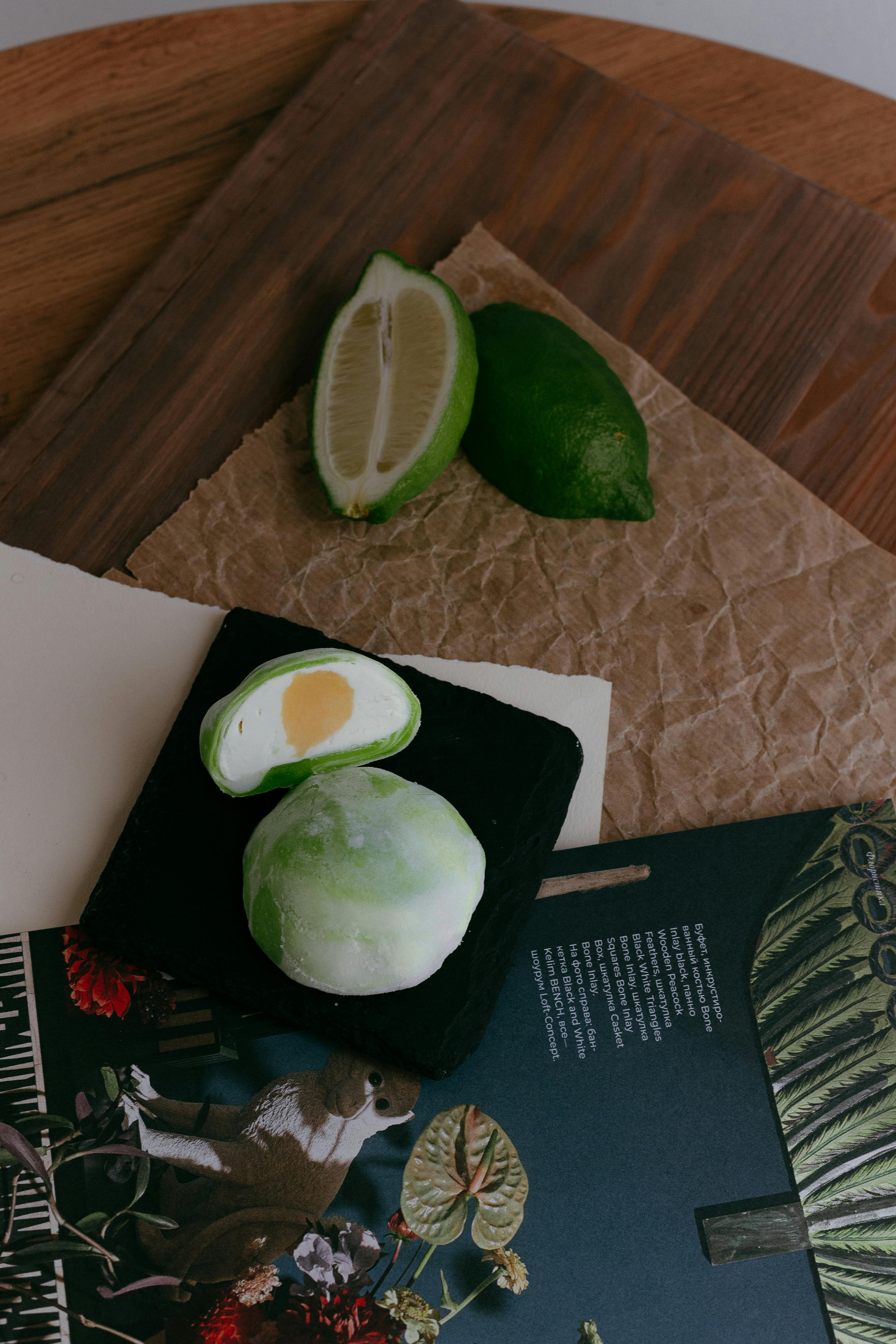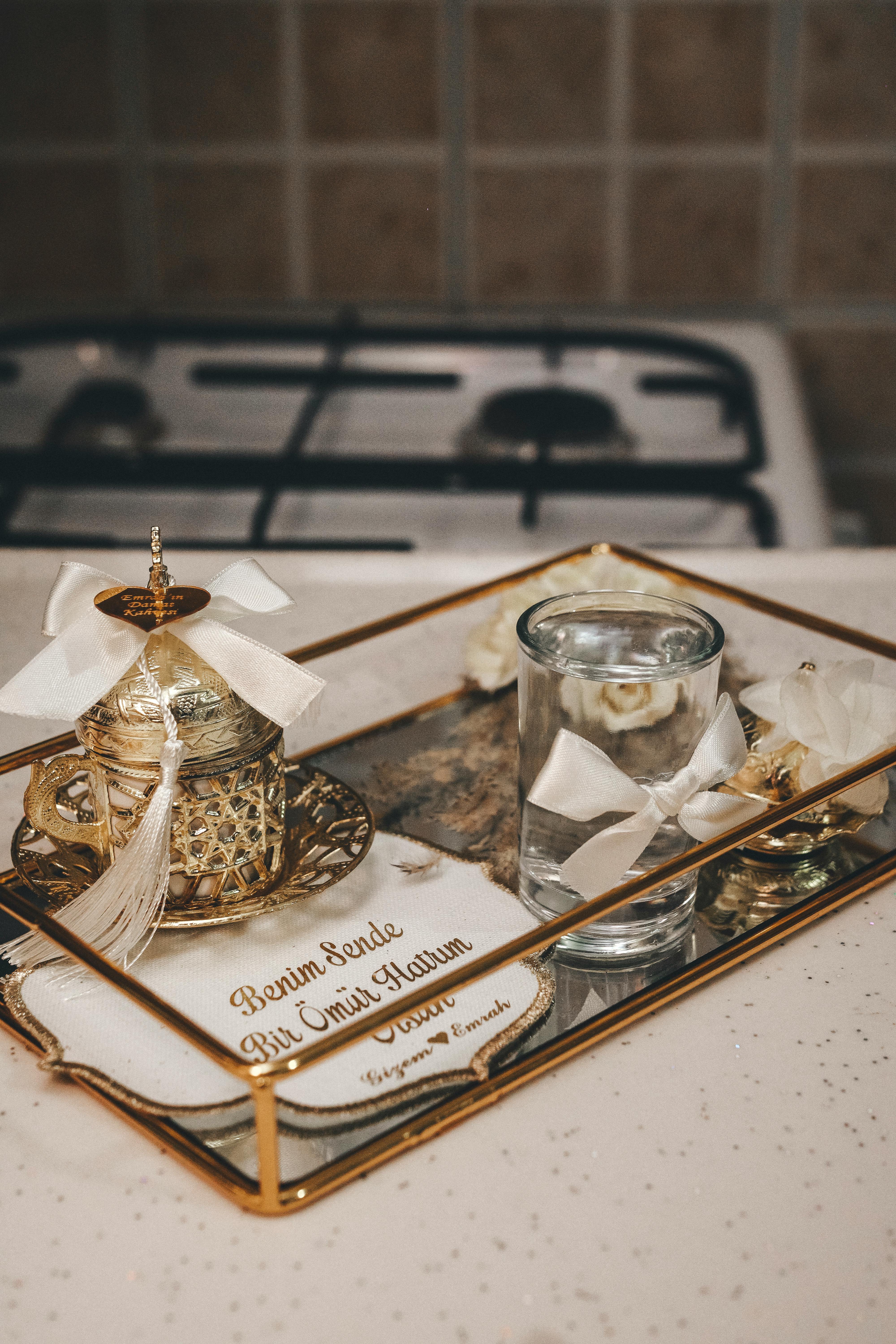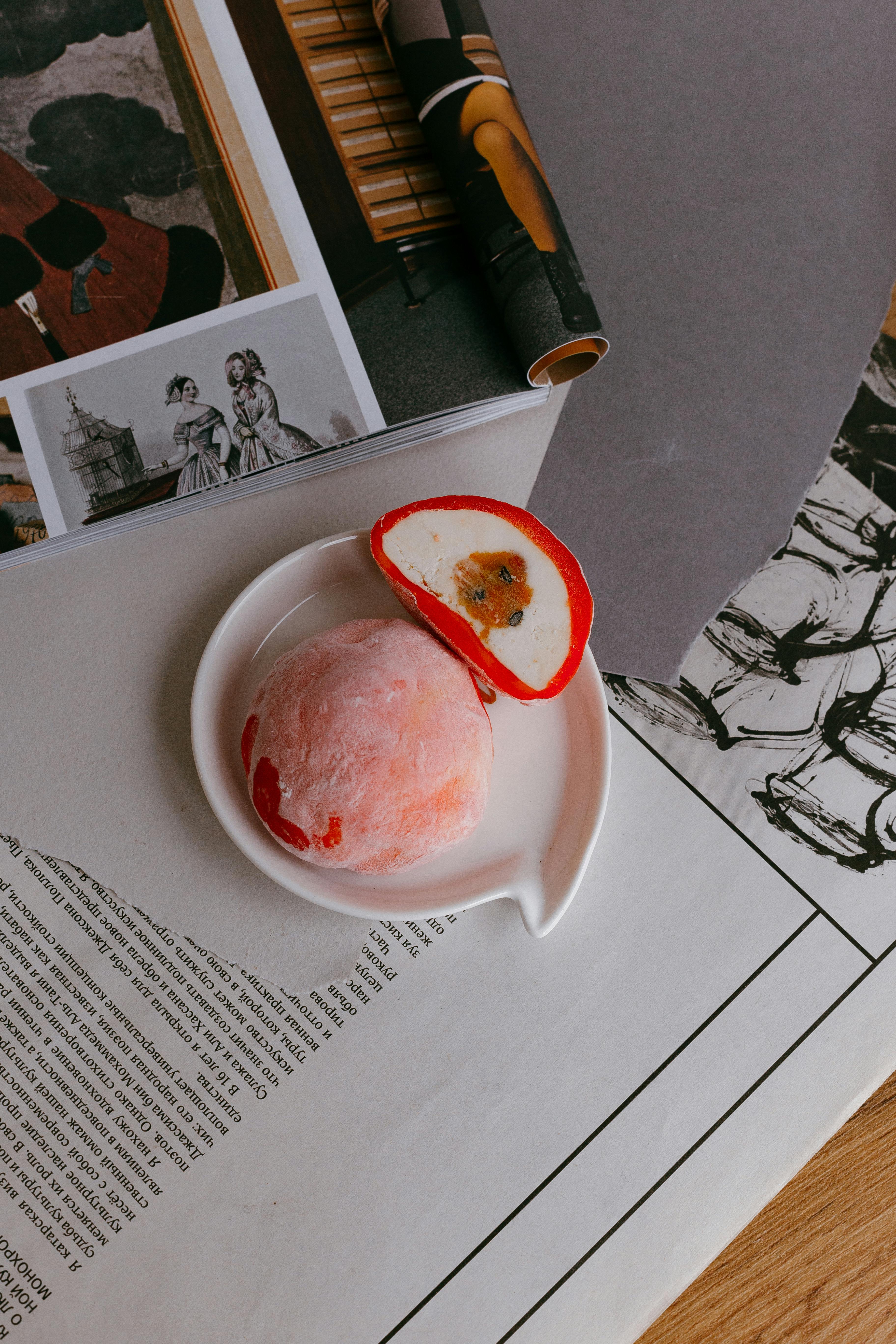Are you looking to upgrade your kitchen cookware but unsure which pan to choose? Look no further! In this article, we will explore the differences between a rondeau and a sauté pan, helping you make an informed decision about which one suits your culinary needs. Whether you’re a seasoned chef or an aspiring home cook, understanding the unique features and functionalities of these two pans will undoubtedly elevate your cooking prowess to new heights. So, let’s delve into the world of cookware and discover which pan reigns supreme – the rondeau or the sauté pan.

1. Design and Construction
1.1 Rondeau
The Rondeau is a versatile cooking vessel that has a wide, shallow design with straight sides and a flat bottom. It is typically made of stainless steel or cast iron, which ensures durability and even heat distribution. The Rondeau is designed with a loop handle on one side and a small helper handle on the opposite side for easy lifting and maneuvering. Its construction allows for efficient heat retention, making it perfect for braising, stewing, and slow cooking.
1.2 Saute Pan
On the other hand, the Saute Pan features a similar construction to the Rondeau, but with some key differences. It has a wider base and higher sides, typically made of stainless steel or aluminum. The saute pan is equipped with a long handle that stays cool to the touch, allowing for a comfortable grip while cooking. Its design also includes a lid that helps retain heat and moisture, making it ideal for various sautéing and frying techniques.
2. Shape and Size
2.1 Rondeau
The Rondeau’s shape and size make it suitable for cooking a wide range of dishes. Its shallow and wide design provides ample cooking surface area, allowing for even browning and searing. The depth of the Rondeau enables the addition of liquids for braising or stewing, while the flat bottom ensures even heat distribution. Rondeaus come in various sizes, ranging from smaller ones ideal for individual portions to larger ones capable of cooking for a crowd.
2.2 Saute Pan
In comparison, the Saute Pan has higher sides and a wider base, making it well-suited for tasks that require tossing and stirring ingredients. The increased height of the sides helps contain food, preventing it from spilling over while sautéing. While available in different sizes, saute pans are generally smaller than rondeaus, perfect for cooking for a small to medium-sized group.
3. Cooking Techniques
3.1 Rondeau
The Rondeau’s design allows for a variety of cooking techniques. Due to its broad surface area and shallow sides, it excels at braising, stewing, and slow cooking. The even heat distribution ensures that the ingredients cook uniformly, while the loop handle and helper handle make it easy to move from stove to oven. The Rondeau’s versatility also makes it suitable for searing and browning meat before braising or stewing, adding depth of flavor to your dishes.
3.2 Saute Pan
While the name suggests sautéing as its primary purpose, the Saute Pan offers more versatility than that. Its broad base allows for an even distribution of heat, making it suitable for sautéing, stir-frying, shallow frying, and even simmering sauces. The higher sides prevent oil or sauce from splattering, ensuring a cleaner cooking experience. The long handle makes it easy to toss and flip ingredients, while the included lid helps to trap heat and steam, enhancing the flavors of your dishes.
4. Heat Distribution
4.1 Rondeau
When it comes to heat distribution, the Rondeau shines. Its flat bottom ensures even heat distribution across the cooking surface, preventing hot spots and enabling uniform cooking. Whether you are braising meat or simmering a stew, the Rondeau will ensure that all ingredients are cooked evenly, resulting in perfectly tender and flavorful dishes.
4.2 Saute Pan
Similarly, the Saute Pan offers excellent heat distribution. The wide base allows for efficient heat transfer, ensuring that your ingredients cook evenly and uniformly. This is particularly important when sautéing or stir-frying, as it prevents some pieces from getting overcooked while others remain undercooked. The Saute Pan’s even heat distribution guarantees consistent results every time.

5. Cooking Surface
5.1 Rondeau
The Rondeau typically features a flat cooking surface, making it ideal for searing and browning meat or other ingredients. The large surface area provides ample space to evenly caramelize the surface, creating a flavorful crust. The flat surface also enhances heat transfer, allowing for efficient cooking and reducing the risk of unevenly cooked or burnt food.
5.2 Saute Pan
Similarly, the Saute Pan offers a flat cooking surface that is perfect for searing and browning. The wide base provides enough space to sear multiple ingredients at once, such as a batch of chicken breasts. The flat surface ensures that heat is evenly distributed, resulting in perfectly browned and crispy exteriors.
6. Versatility
6.1 Rondeau
The Rondeau’s versatility makes it a favorite among professional chefs and home cooks alike. Its design enables it to perform a variety of cooking techniques, from braising and stewing to searing and sautéing. The Rondeau can effortlessly move from stovetop to oven, making it convenient for one-pot meals or dishes that require a combination of stovetop and oven cooking.
6.2 Saute Pan
While not as versatile as the Rondeau, the Saute Pan still offers a range of cooking techniques. Its wide base and high sides make it perfect for tasks such as sautéing, stir-frying, shallow frying, and simmering sauces or liquids. The inclusion of a lid adds further versatility by allowing for steaming or trapping heat while finishing off dishes in the oven.

7. Handle Design
7.1 Rondeau
The Rondeau features a loop handle on one side and a small helper handle on the opposite side. This design makes it easy to lift and move the Rondeau, even when it is filled with heavy ingredients or liquid. The loop handle allows for a secure grip, while the helper handle provides additional support and balance. The handles are typically made of heat-resistant material, ensuring that they remain cool to the touch during cooking.
7.2 Saute Pan
In contrast, the Saute Pan is equipped with a long, ergonomic handle that is designed to stay cool while cooking. This handle design allows for a comfortable grip and precise control while sautéing or stir-frying. The long handle also keeps your hands at a safe distance from the heat source, reducing the risk of burns.
8. Cleaning and Maintenance
8.1 Rondeau
Maintaining a Rondeau is relatively simple. Most models are dishwasher-safe, but handwashing is recommended to preserve the integrity of the cooking surface. A gentle scrub with warm, soapy water and a non-abrasive sponge should be sufficient to remove any food residues. It is important to avoid using harsh or abrasive cleaning agents that could damage the surface of the Rondeau. Regular seasoning with oil can help maintain its non-stick properties and prolong its lifespan.
8.2 Saute Pan
Cleaning a Saute Pan is also straightforward. Many saute pans are dishwasher-safe, but handwashing is recommended for extended durability. Using warm, soapy water and a non-abrasive sponge, gently scrub away any food residues. Avoid using harsh or abrasive cleaners that could scratch the cooking surface. Some stainless steel saute pans may develop a patina over time, which is a natural occurrence and part of the seasoning process.

9. Price
9.1 Rondeau
The price of a Rondeau can vary depending on its material, size, and brand. Cast iron rondeaus tend to be more expensive due to their exceptional heat retention and durability. Stainless steel rondeaus are generally more affordable while still offering great performance. The cost of a Rondeau can range from $50 to $300 or more, depending on the aforementioned factors.
9.2 Saute Pan
Similarly, the price of a Saute Pan is influenced by the material, size, and brand. Stainless steel saute pans are typically more affordable, whereas copper or non-stick options can be more expensive. The cost of a Saute Pan can range from $30 to $200 or more, depending on the specific features and quality.
10. Conclusion
In conclusion, both the Rondeau and Saute Pan are valuable additions to any kitchen. The Rondeau offers versatility with its wide, shallow design and loop handle, making it perfect for braising, stewing, and slow cooking. On the other hand, the Saute Pan excels in sautéing, stir-frying, and shallow frying, thanks to its wider base and higher sides, along with a comfortable long handle. Consider your cooking needs and preferences to determine which one suits you best. Whether you choose a Rondeau or a Saute Pan, both will elevate your culinary creations and make cooking a joyous experience. Happy cooking!
